Hygiene, Urination and Dietary Habits for Proper Health Outcome
VerifiedAdded on 2023/06/14
|5
|864
|253
AI Summary
The article discusses the importance of hygiene, urination, and dietary habits for proper health outcomes. It analyzes the actions that create a positive approach towards mechanistic behavior of the body, clearance, and electrolyte regulation. The article also highlights the effectiveness of an action plan and the wider advantage it has among the population. However, it also mentions that certain action plans related to patient education regarding urinary tract infection may not be appropriate within the workplace due to privacy concerns.
Contribute Materials
Your contribution can guide someone’s learning journey. Share your
documents today.
1 out of 5
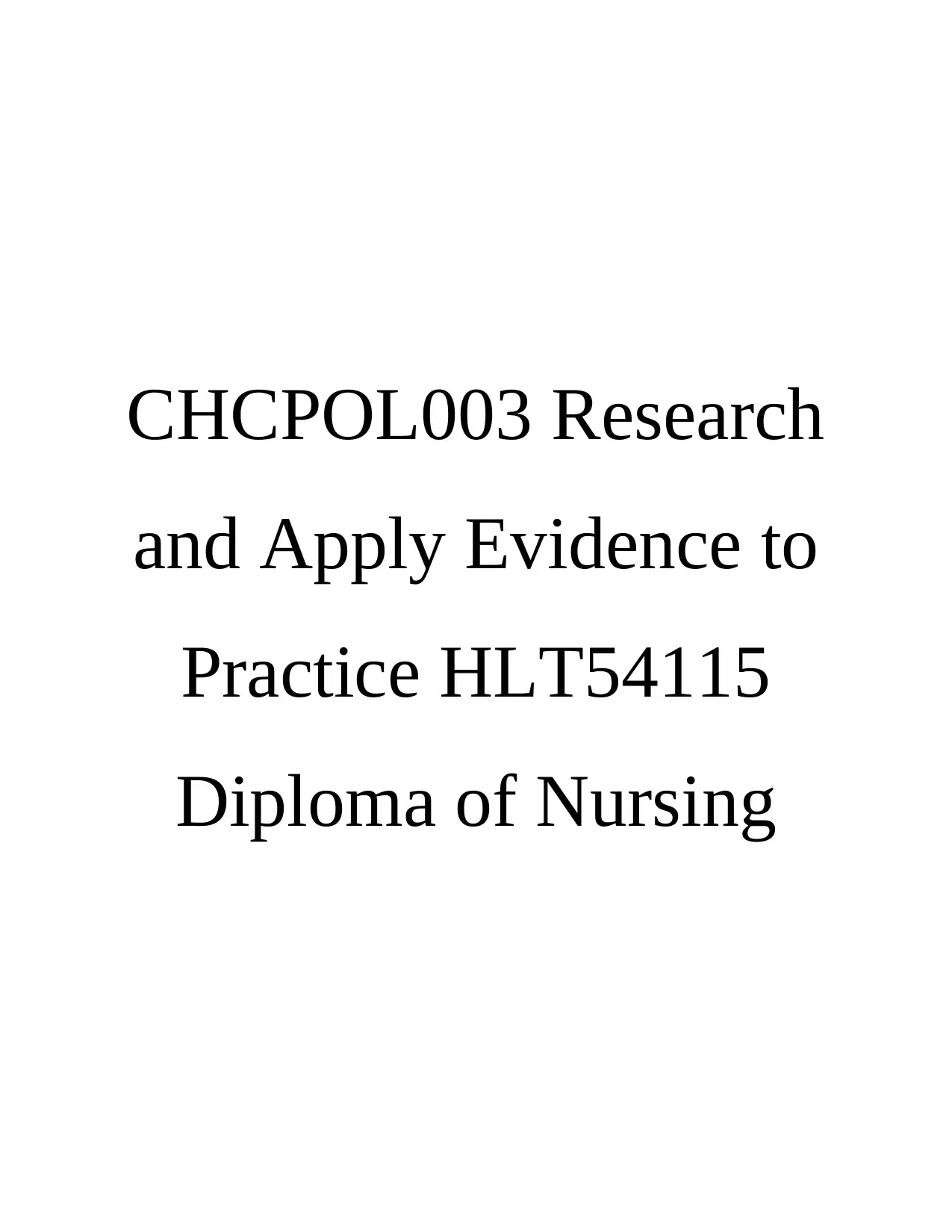
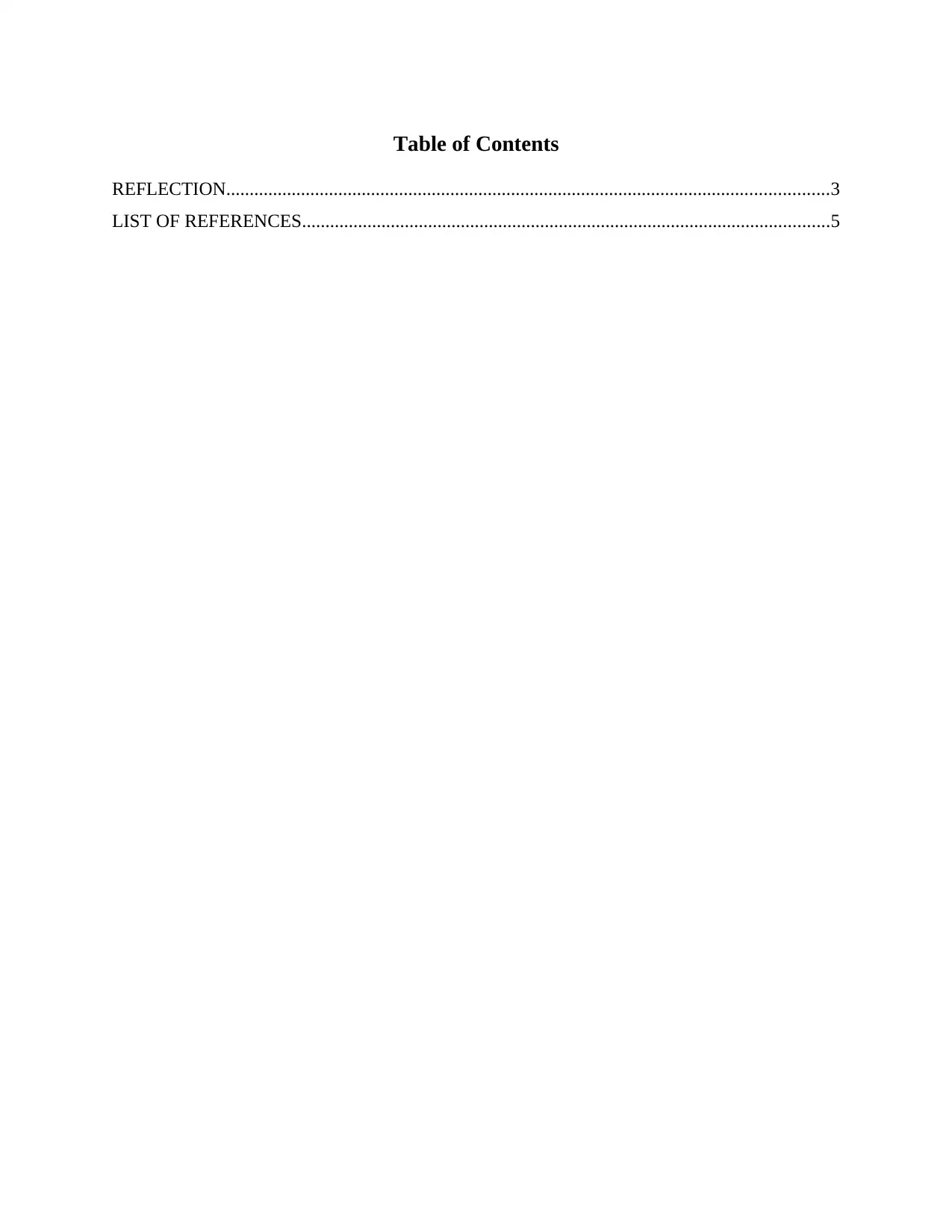
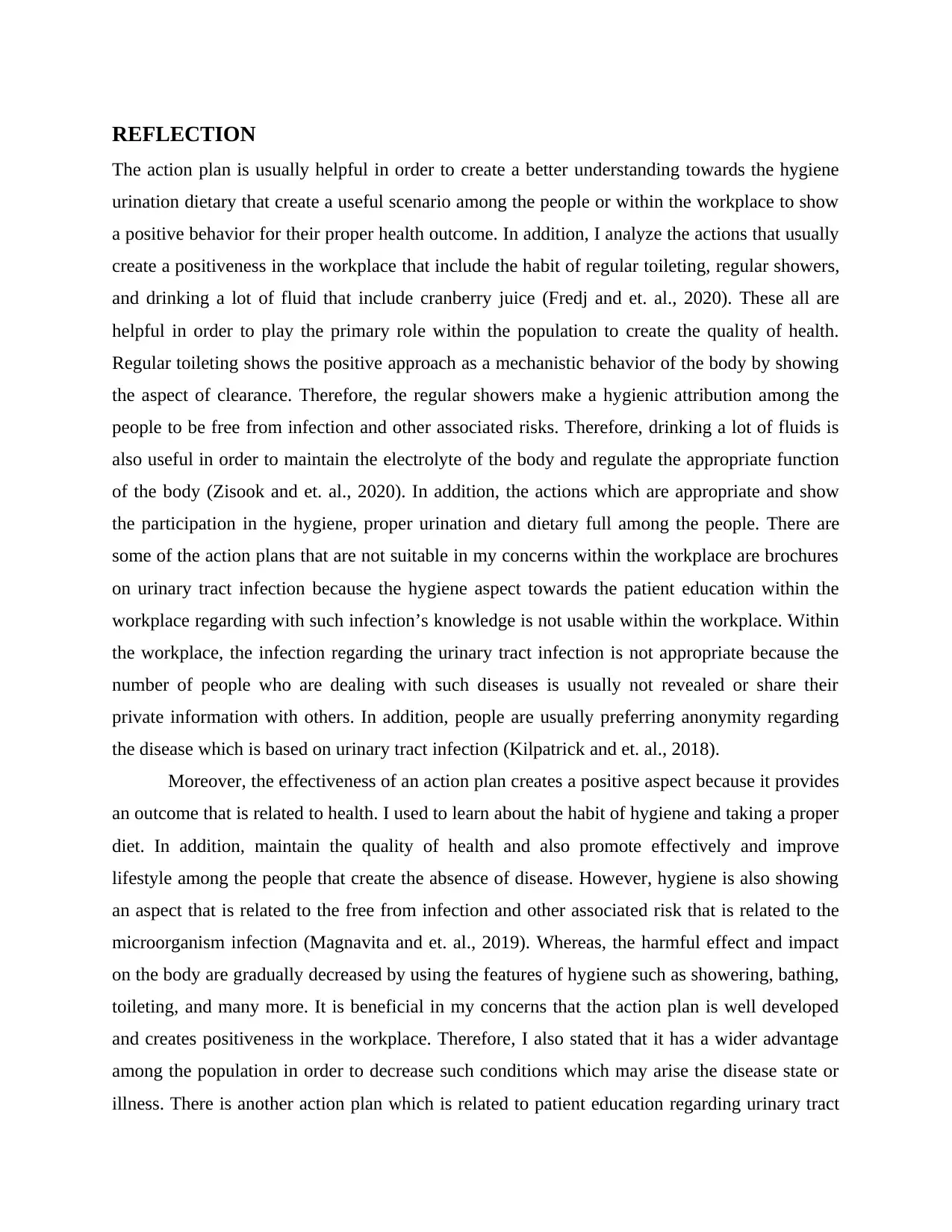
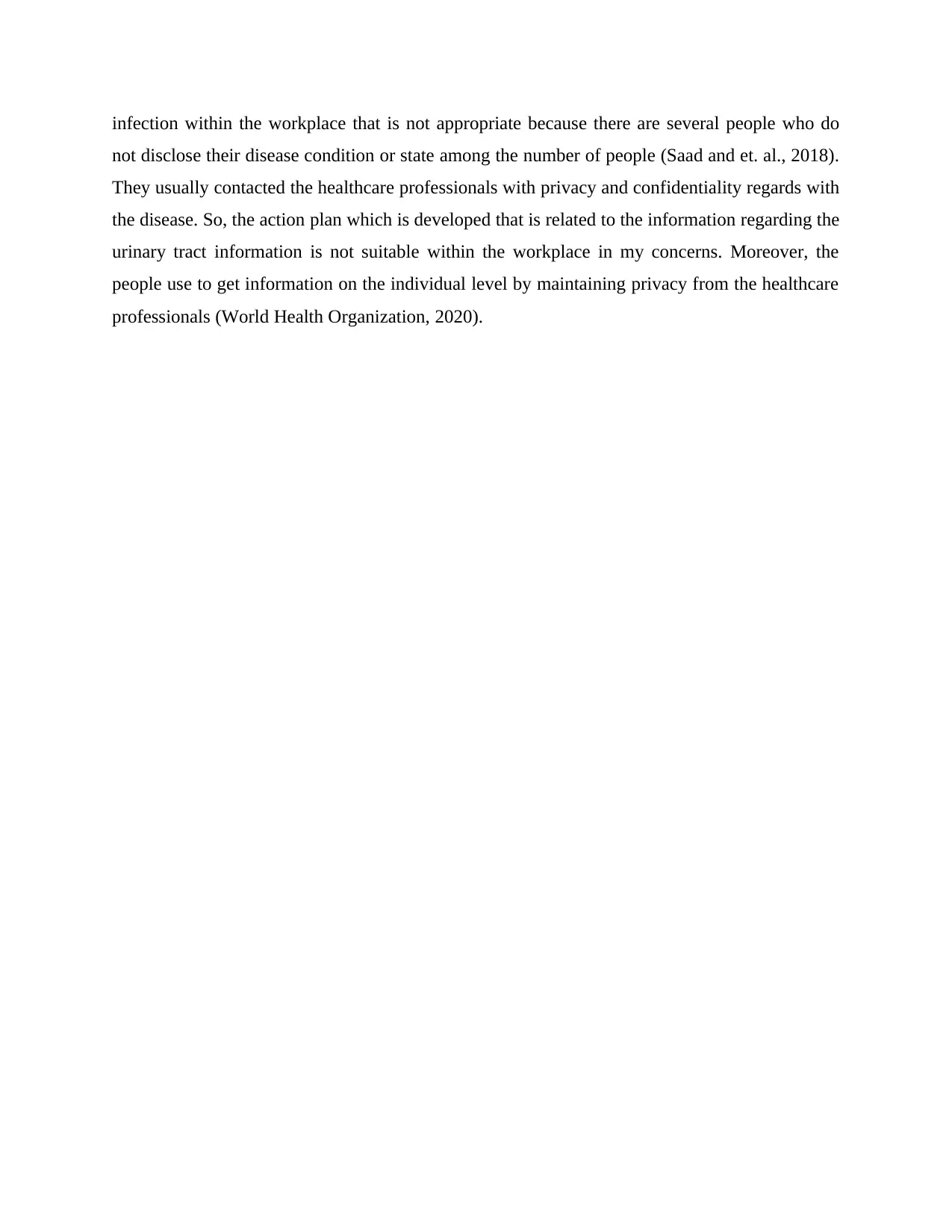
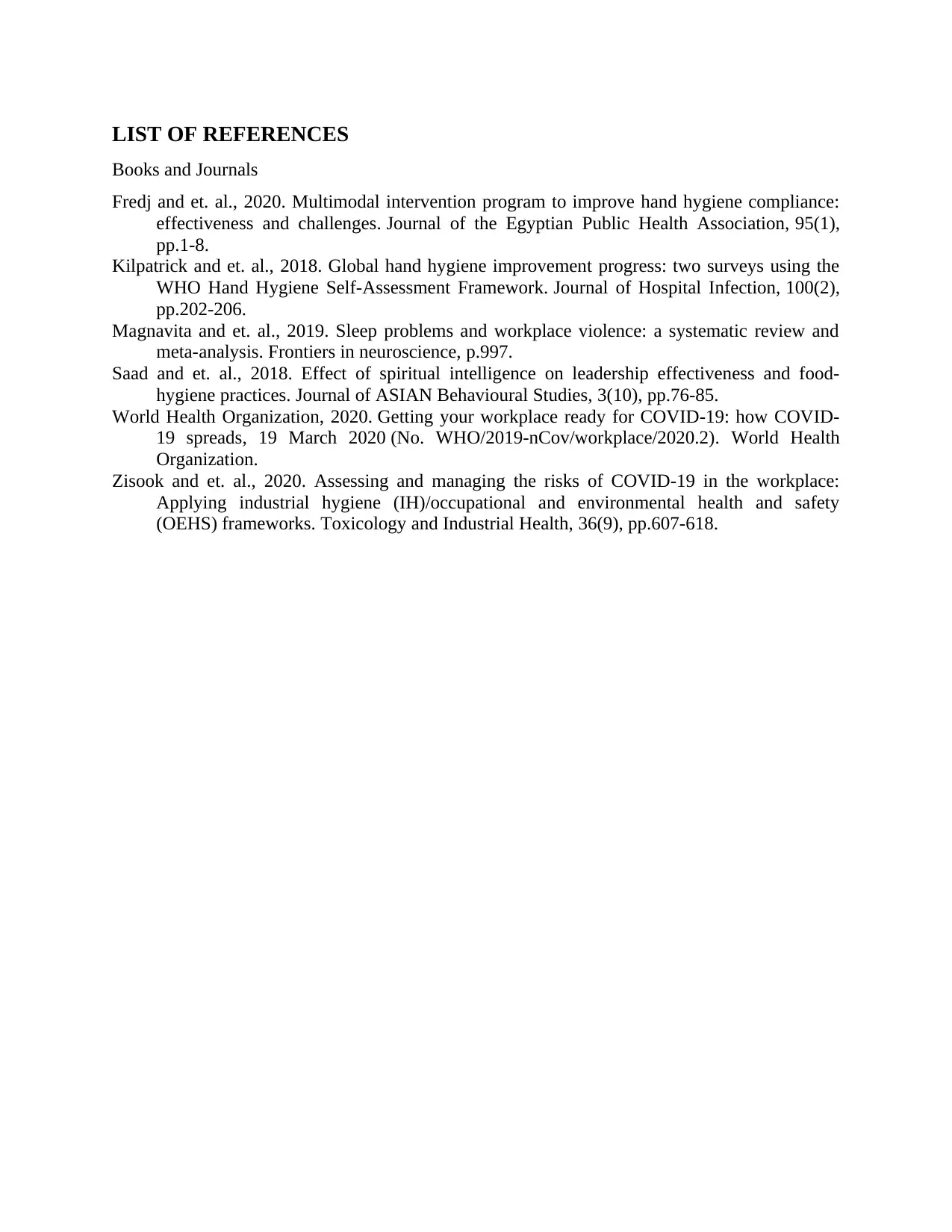






![[object Object]](/_next/static/media/star-bottom.7253800d.svg)